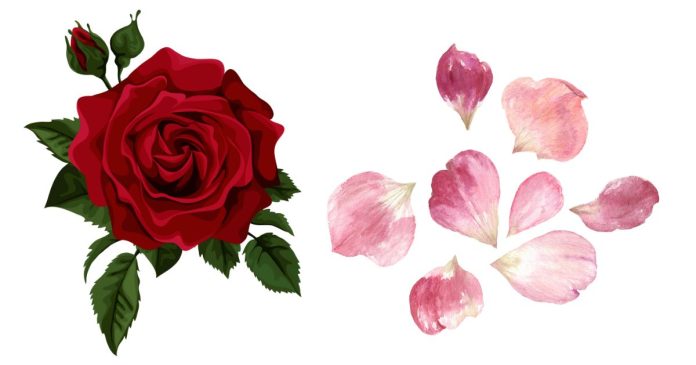Flowers are one of nature’s most stunning creations, and their vibrant petals are often the first thing to catch our eye. But petals aren’t just for show—they serve critical roles in the life cycle of a plant. In this blog post, we’ll explore the function of petals and why they are essential to the reproductive success of flowers.
What Are Petals?
Petals are the colorful, leaf-like structures that surround the reproductive parts of a flower. Together, the petals form the corolla, which is a key part of the flower’s anatomy. Their colors, shapes, and sizes can vary widely depending on the species.
Primary Functions of Petals
The main functions of petals revolve around reproduction and protection. Let’s dive into their specific roles:
1. Attracting Pollinators
One of the most important functions of petals is to attract pollinators such as bees, butterflies, birds, and bats.
- Bright Colors: Petals are often brightly colored to grab the attention of pollinators.
- Patterns: Some petals have unique patterns or markings (nectar guides) that help direct pollinators to the flower’s nectar and reproductive structures.
- Fragrance: Many petals emit pleasant scents that further entice pollinators.
By attracting pollinators, petals play a crucial role in ensuring that pollen is transferred between flowers, leading to fertilization.
2. Protecting the Reproductive Organs
Before a flower blooms, its petals often encase and protect the delicate reproductive structures, such as the stamens (male parts) and pistil (female parts).
- Bud Stage: Petals act as a shield, guarding against physical damage, harsh weather, or herbivores.
- Open Flower: Once the flower is fully open, the petals continue to safeguard the reproductive organs from external threats.
3. Aiding in Reproduction
In some flowers, petals play a direct role in the reproductive process:
- Shaping Pollinator Behavior: The size and shape of petals can guide pollinators to land in specific ways, ensuring effective pollen transfer.
- Wind Pollination Assistance: In wind-pollinated flowers, petals may help direct airflow to improve pollen dispersal.
Why Do Petals Have Different Colors and Shapes?
Petals are highly diverse in appearance because they have evolved to suit the needs of different plant species and their preferred pollinators.
- Color Variations: Colors like red and orange attract birds, while blue and yellow are preferred by bees.
- Shape Adaptations: Tubular petals may accommodate long-beaked birds, while open petals provide easy access for small insects.
Petals may look like a flower’s decoration, but they are essential workers in the plant’s reproductive process. From attracting pollinators to protecting reproductive organs, petals ensure that plants can successfully reproduce and thrive.


